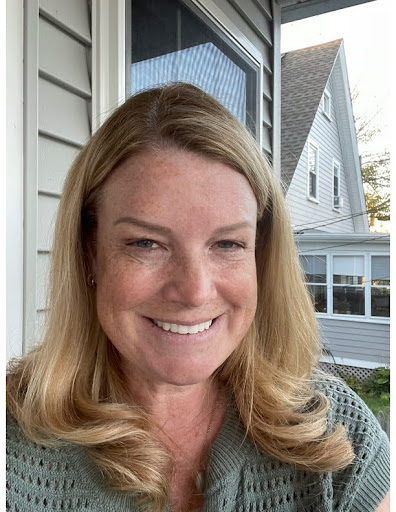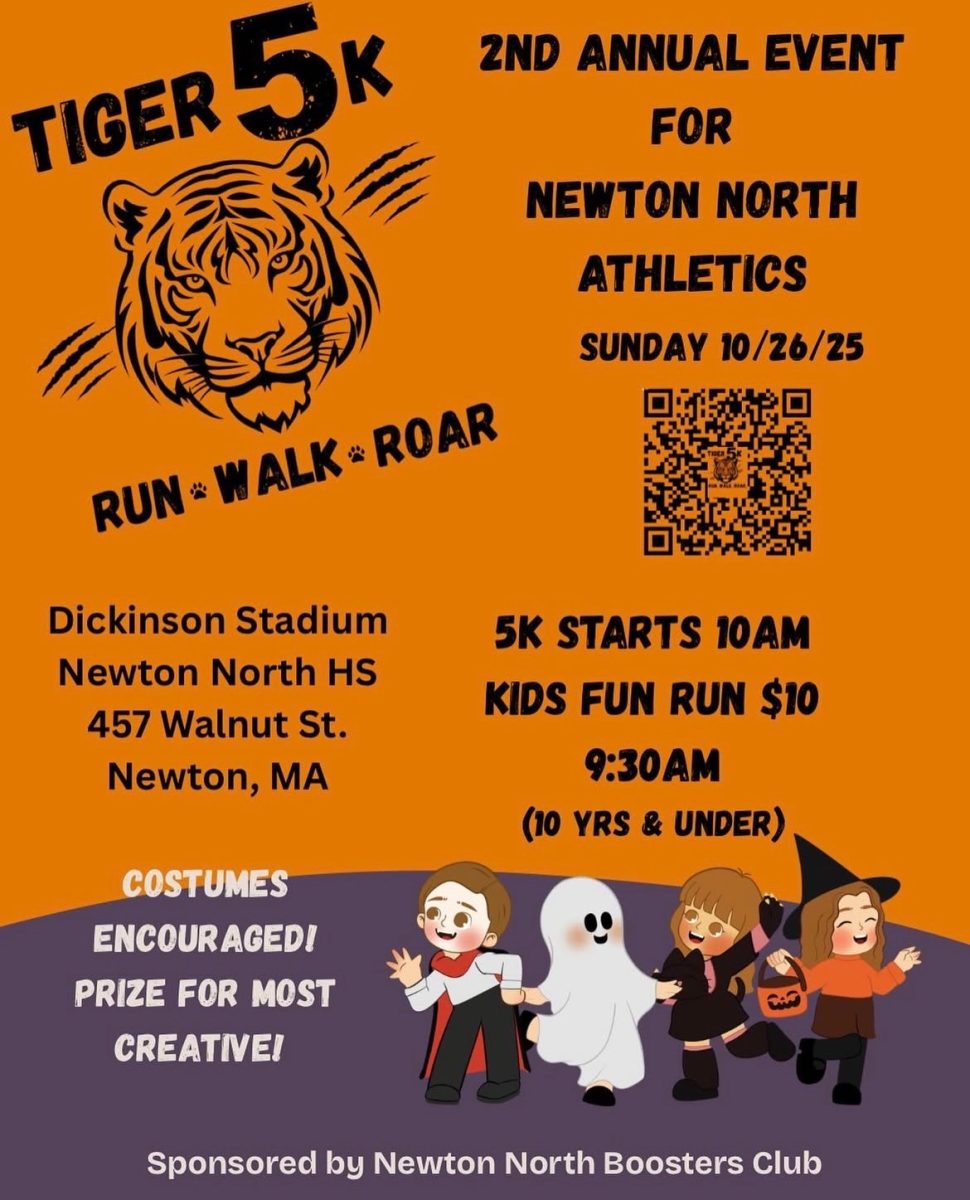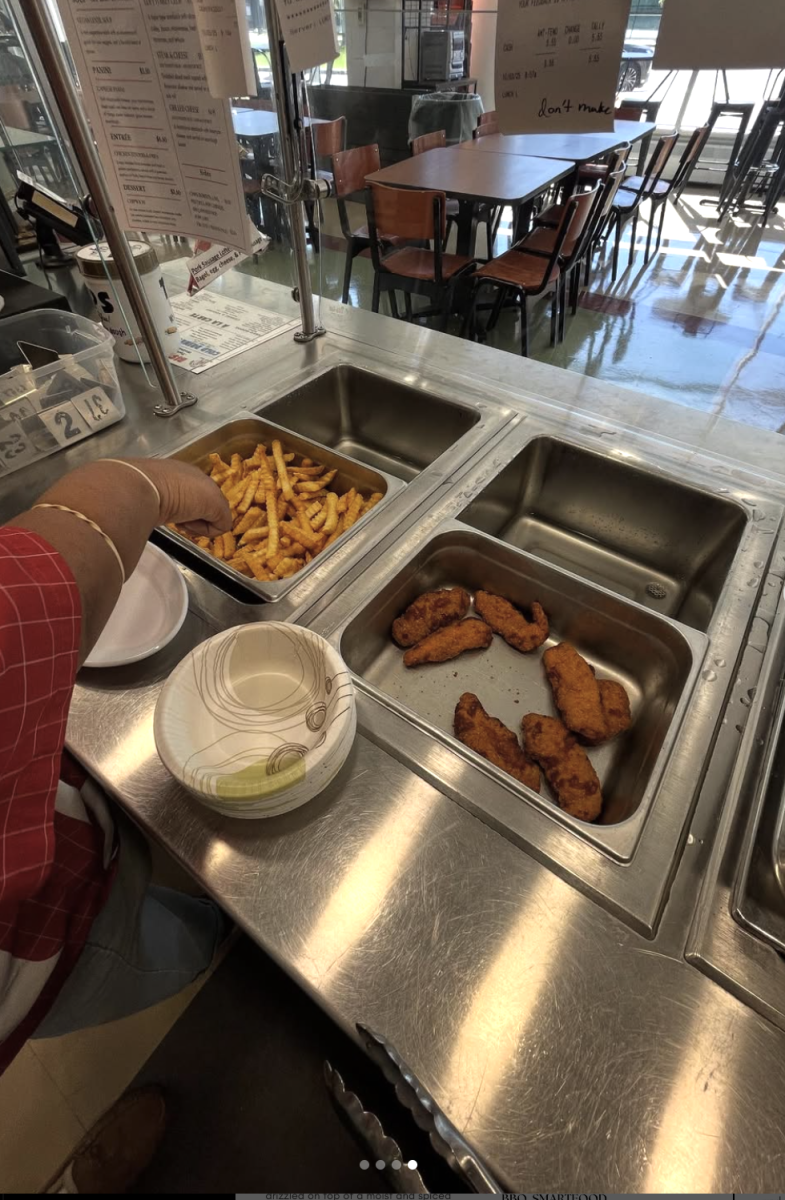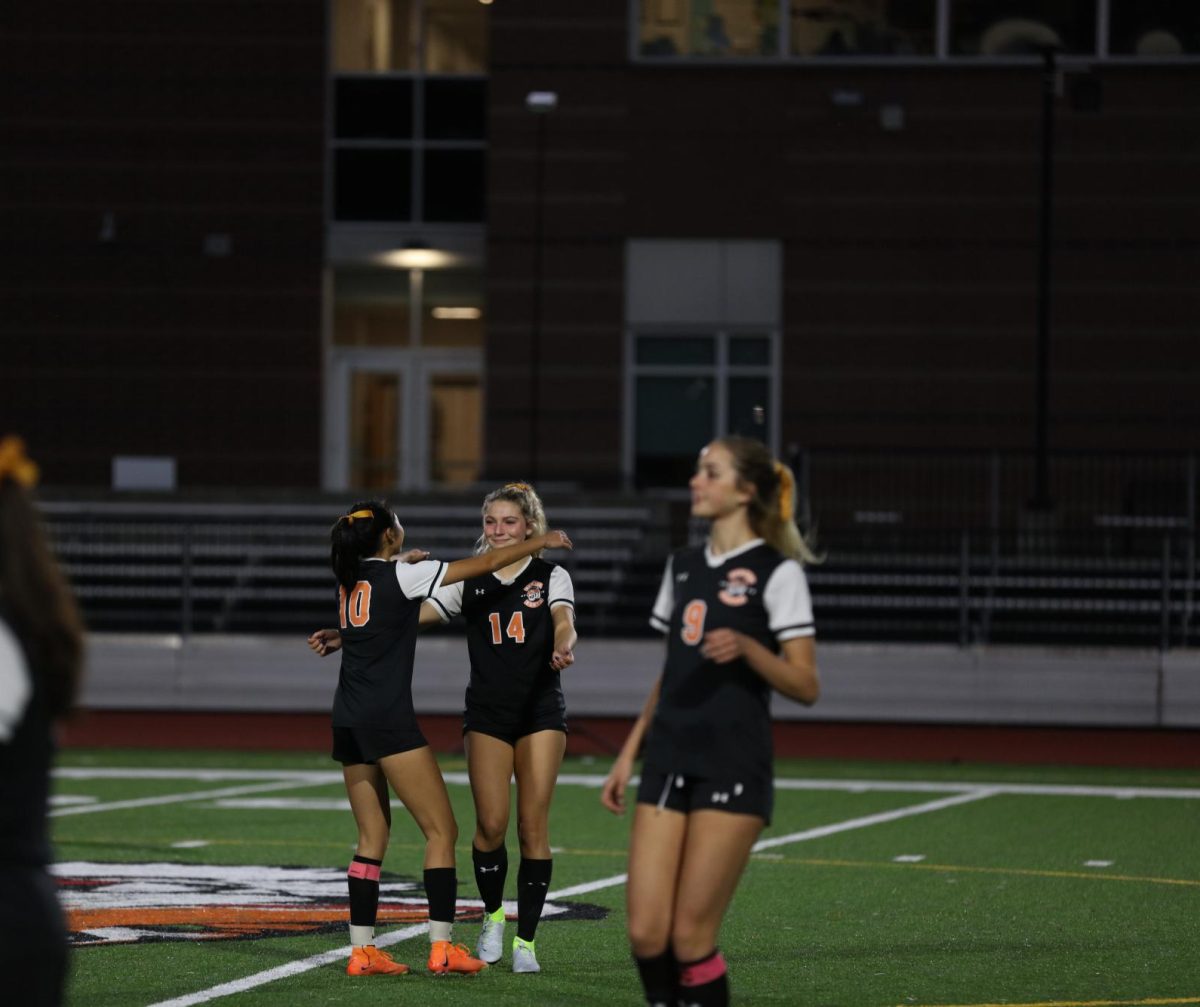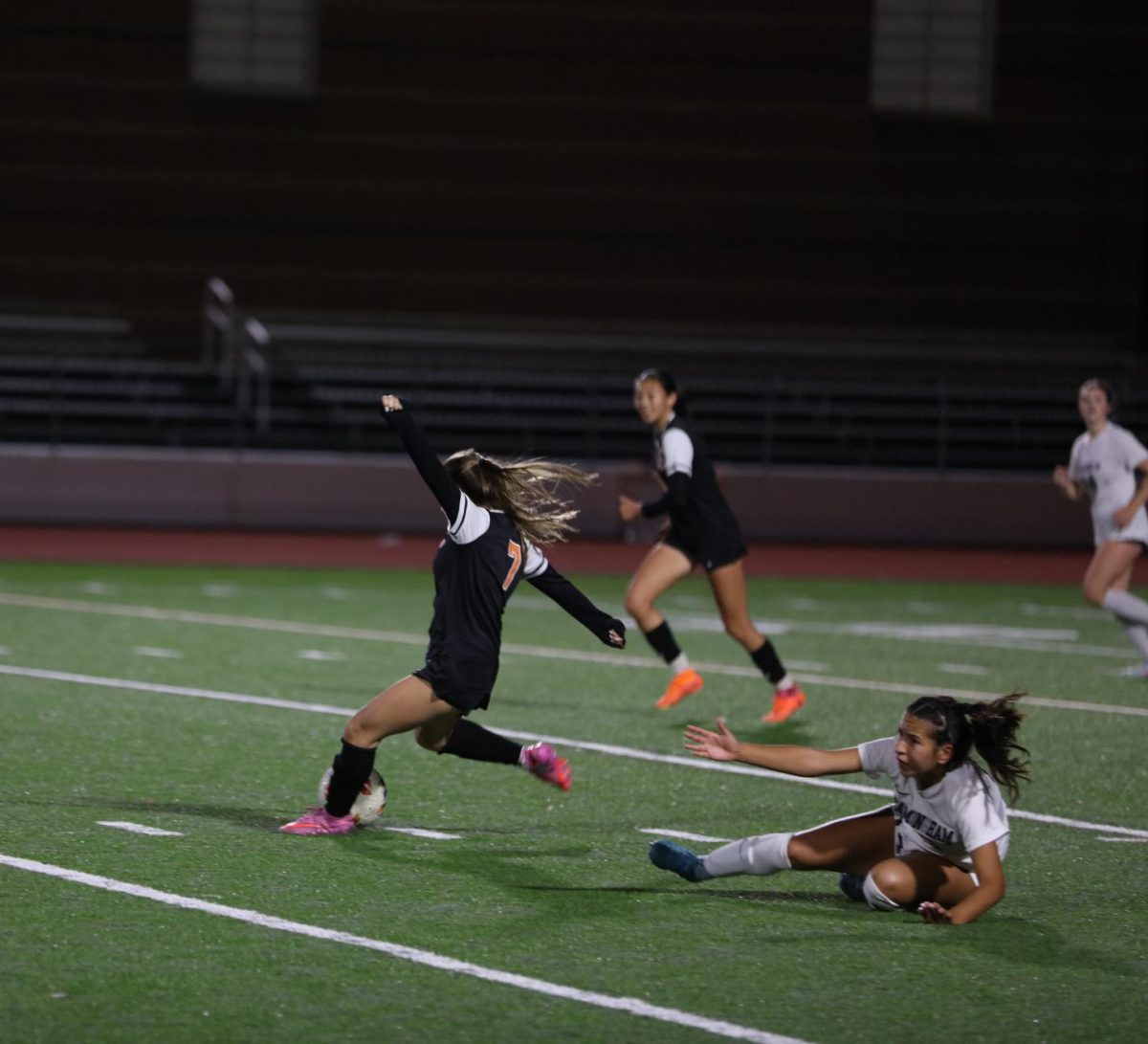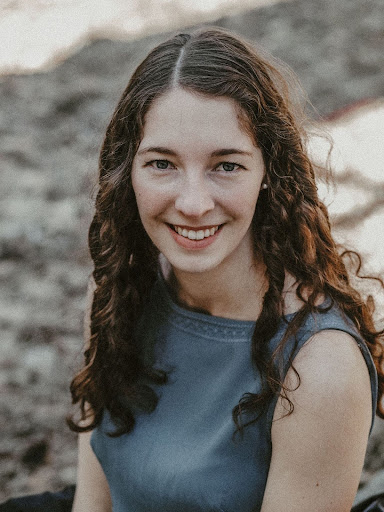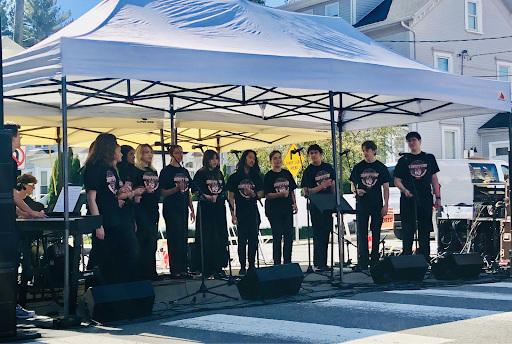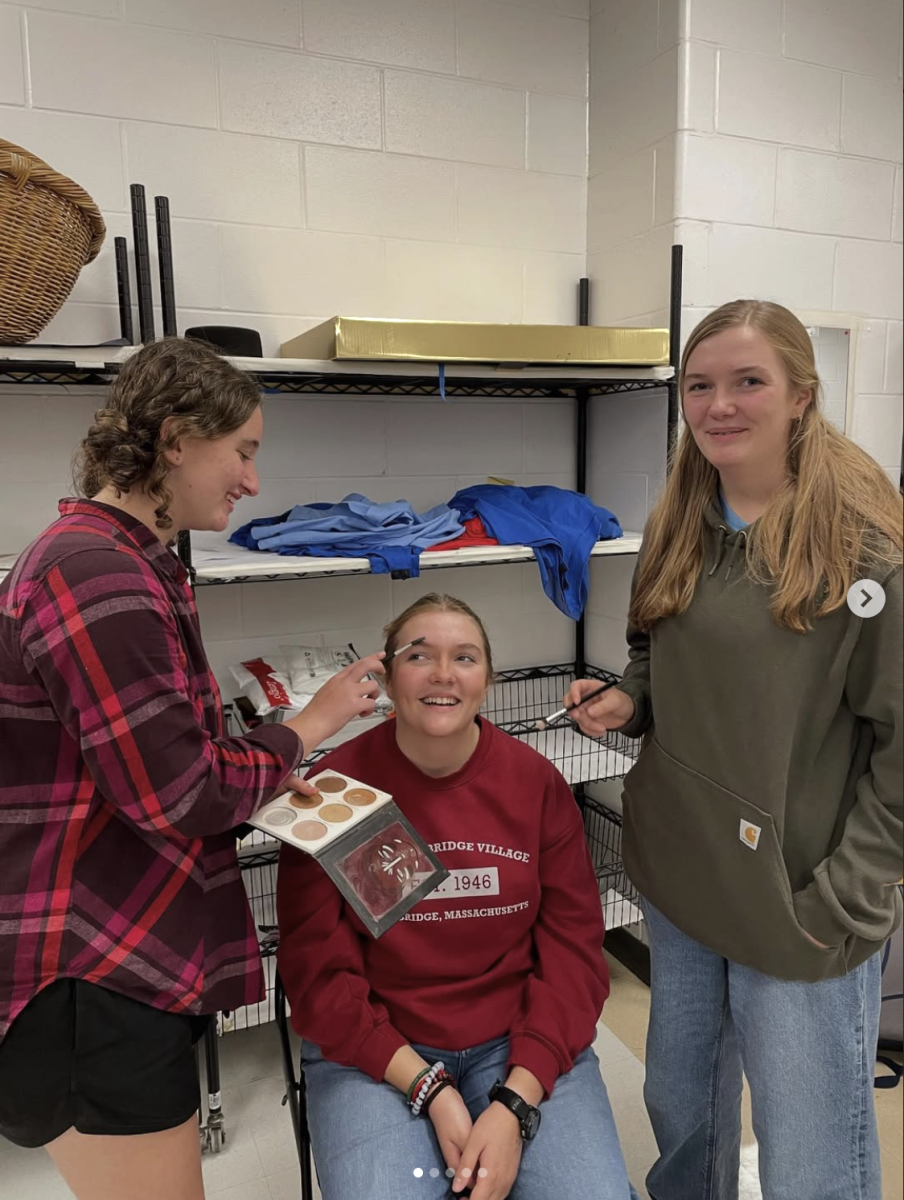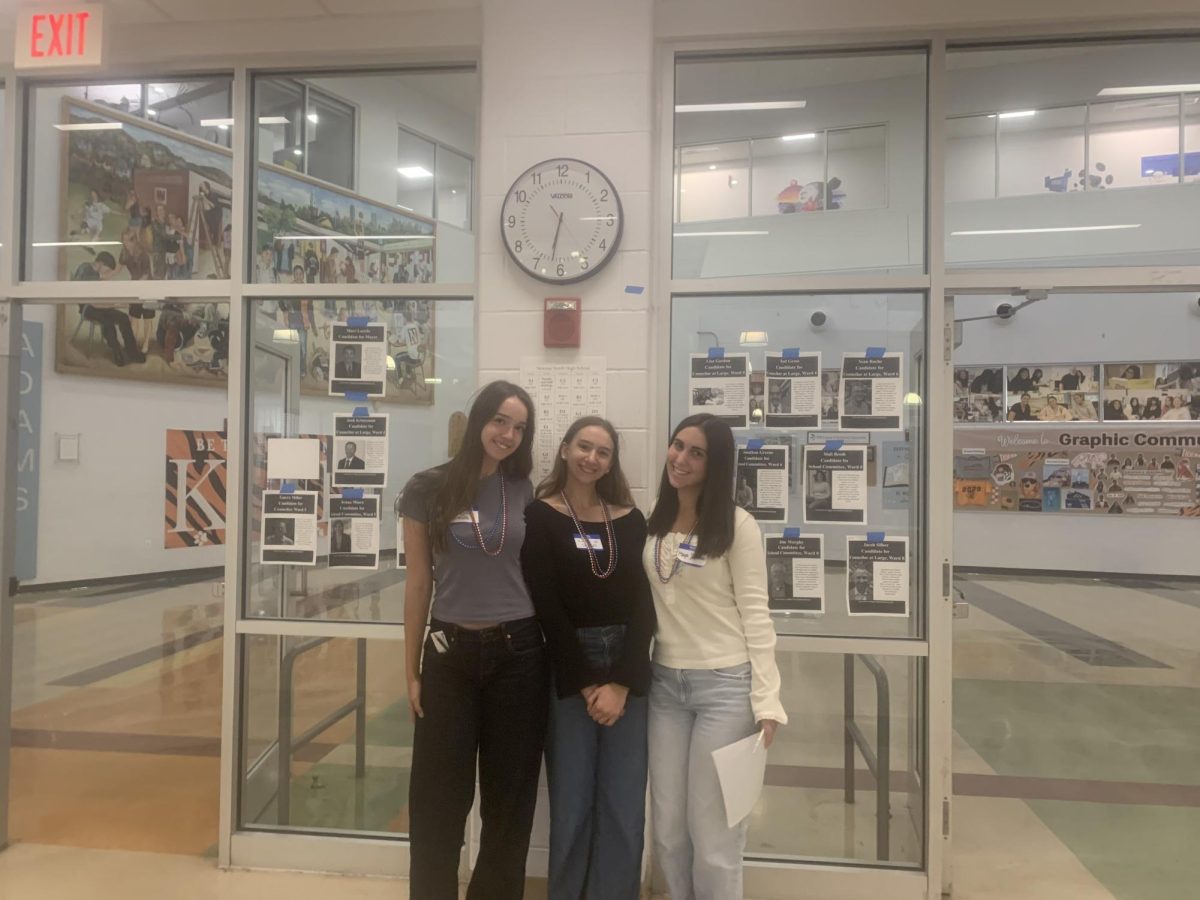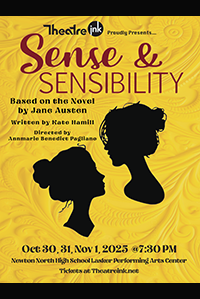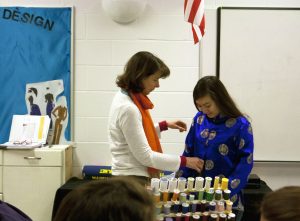
by Maya Abou-Rizk
Fingers and minds work nimbly in front of sewing machines and half-made dresses. Heads look up from tedious work as a new group of students shuffle in. This is seen in Theatre Ink’s head costume design teacher, Ruth Talvacchia new Intro to Costume Design class this year.
About a year ago, Theatre Arts department head Adam Brown had approached Talvacchia with the interest in expanding a portion of the theater department. He was also interested in “finding a new way to allow students to get involved in theater arts,” according to Talvacchia. Talvacchia, being the design consultant for this school’s shows at the time, wrote a proposal for a costume design class to be set up at the school, and a year later it was approved.
The class opened this year in the fall with about a dozen students, some who had signed up for a semester of the class, and some for a full year.
“So far so good,” Talvacchia said. “The curriculum is being constructed and adjusted as we go along, but we haven’t run into any big problems yet.”
She explained the importance of the class as opening a bigger door to the students who choose not to participate on stage.
“You have those who absolutely want to be on stage, and you have this whole clutter of students who make everything else that you are looking at,” said Talvacchia.
Talvacchia pointed out that this class was different, “It is not fashion design, and it is not film.” The students learn how to take a director’s image and put it into a 3-D visual.
“The students’ job is to make their director’s vision come true, not their own.” She continued, “We have to learn how to do that.We need to know the setting, the time-period, and the level of fantasy to reality.”
The intro class is, “why we do what we do,” according to Technical director Michael Barrington-Haber.
Students also have the option to come after school to the stage technique class. This is the class that the students are taught, “how we do what we do,” according to Barrington-Haber. In this class, you are both taught how to make the costumes appealing to the audience, as well as efficient to make and put on/take off.
“We have moments in [Thoroughly Modern Millie], that we have literally 37 seconds to get one character in a completely different costume—wig and all.”
As exciting as that is, the Intro to Costume Design class is really about giving students a “huge appreciation to the intricacies of theater,” said Talvacchia. It “helps them see literature, from the point of view of costume and color.”
During one project in the intro class, Talvacchia assigns her students different fairy tales and short-stories in order to create “image-boards”. The “image boards” are poster boards that the students gather their costume ideas on, such as fabrics, color palettes, and designs. The students then have to take the story, pull out ten characters from it, and change the setting.

Senior, Simon Wolfe, for example, interpreted a Russian fairy tale in a post apocalyptic world. The reason she did this, she said, is because, “You will get the wildest ideas thrown at you by directors and you have to sit there and figure out how you can implement that into the wardrobes.” After, the students print out pictures, find fabrics, and choose color palettes for the characters in the new version of their fairy tale or short-story, and lay them out on a posterboard.
Freshman Maddy Sherbet explained, “Each day, for the first ten minutes of class, we discuss movies and shows that we have seen recently, and we describe them from a costume point of view. We ask why a character’s costume is what it is and what it says about that character.” She explained, “A character’s costume can foreshadow and drop hints about the plot of the show. I never thought about how much power costumes had in a show.”
When asked about the “image-board” project, freshman Alli Salwen liked, “learning to adapt the costumes to a new setting, while retaining the character’s relationships and personality.”
Similarly, Wolfe’s favorite part of the class is, “working with other students to flesh out a concept so that it works as a costume.”
“I really love going into the class, knowing that I can actually make an impact on a future show,” said sophomore Annika Ruben.


